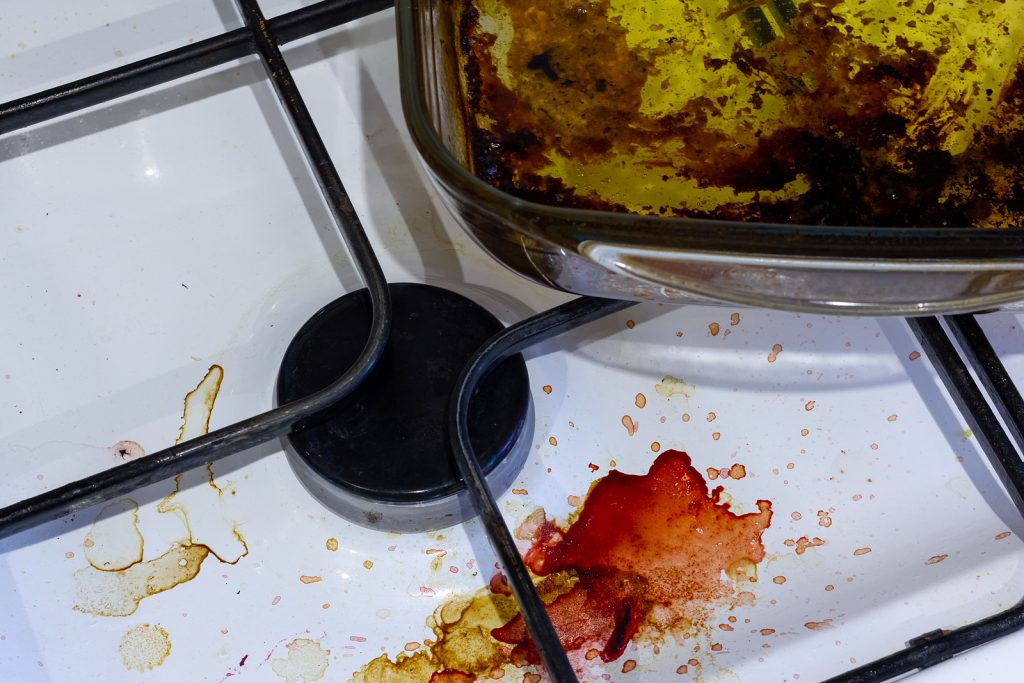What Is the Proper Way to Dispose of Cooking Grease?
There’s a reason why professional restaurants are required to have grease traps. Fat like cooking oil, when poured down the same drain as water, will cool down and solidify or build up in the pipes or sewers.

The clogs caused by this can grow to be thousand-pound fatbergs in some city sewer lines, costing hundreds of thousands to clean up. But a smaller version of that can still cause the average homeowner to suffer from a fat-clog which will block any drain.
So How Should We Dispose of Grease?
The simple solution is to keep a separate container to pour away used grease. Once the container is filled and the grease is cooled, you can just cap the grease and throw it in the trash.
You can actually repurpose the jars and tins you buy normally for groceries. So make sure to save some of these for next time!
| Good Grease Containers | Bad Grease Containers |
| Metal tins (e.g containers for nuts)Wide mouth glass jars (e.g. pasta sauce jars) | Small glass bottles (e.g. beer bottles)Plastic containers (e.g. milk jugs) |
If you plan to use a large quantity of oil at one time, consider waiting for the used grease to cool down and then using a funnel to pour it back into its original container to be discarded.
Whether you have a fat-clog or need help with anything else in the kitchen sink or the rest of the house, call (808) 691-9309 Oahu, (808) 400-8811 Hawaii Island to get in touch with EPS Hawaii’s Oahu branch, or, if you live on the Big Island, call (808) 400-8811.


